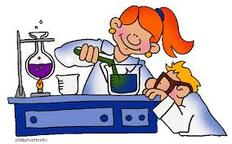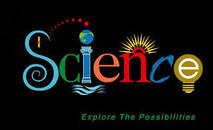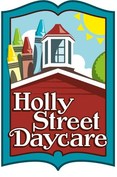Play opens the windows of learning in a child's life and acquaints him or her with movement, observation, relationships, emotions and much more. Play time is learning for young children. Build towers, read, dance, sing, paint, run and laugh together- and watch your child's learning unfold.
Holly Street Daycare
Quick Links |
Company1401 Holly Street
Nashville, TN 37206 615-227-8252 office@hollystreet.org |
Support |



